dynabook RJ74 developer interview 14-inch model with 12th generation Core cuts 1kg "dynabook with the R title"
The dynabook RJ74 is a business premium. It will be released in the spring of 2022, and the price is undecided. "First of all" it will be provided for corporations
Regarding the "innovation | core" included in the product, Mr. Shingo Kashiwada, Executive Officer of Dynabook, General Manager of Domestic Marketing & Solutions Headquarters, who was involved in the development, We spoke with Mr. Norimasa Nakamura and Mr. Fuminori Sugino, General Manager of the Product Planning Department, Product Management Department, PC Division.
| Main specifications of dynabook RJ74 | ||||
|---|---|---|---|---|
| Model number | dynabook RJ74/KU | OS | Windows 11 Pro or Windows 10 Pro (optional) | |
| CPU | Intel Core i7- 1270P vPro | Intel Core i5-1250P vPro | Intel Core i7-1260P | Intel Core i5-1240P |
| Memory | 16GB | 8GB | 16GB or 8GB | |
| Storage | < td> 256GB SSD or 512GB SSD||||
| Graphics | Iris Xe Graphics | |||
| Optical drive | ― | |||
| Display | 14.0-inch WUXGA (1,920 x 1,200 dots, non-glare) | Communication | Wi-Fi 6 (IEEE802.11a/b/g/n/ac/ax) compliant wireless LAN, Bluetooth 5.2, Gigabit compliant wired LAN | < /tr>|
| Biometric authentication | Selectable with or without fingerprint/face authentication | |||
| Interface | USB 3.2 Type-A (Gen1) x 2, Thunderbolt 4 (USB4 Type-C) connector x 2, HDMI output x 1, microphone/headphone output x 1, etc. | |||
| Size< /th> | W312.4×D224.0×H15.9mm | |||
| Weight | Postscript | |||
| Battery life (JEITA 2.0) | Postscript | |||
| Office | Office Home & Business 2021 Selectable with or without |
"Powerful" but "light", incorporating conflicting elements
──12th generation Core processor Unlike the 11th generation, it features a hybrid configuration that incorporates a P core that emphasizes processing power and an E core that emphasizes power saving. The dynabook RJ74 claims to be able to control the 12th generation Core and Windows 11 more efficiently, but what is the reason?
Compared to the 11th generation Core processor, the 12th generation Core has a much higher thermal design hurdle. If you put a 12th generation Core processor on a Windows 11 system, each core will work in a well-balanced manner according to the processing on the PC side. But that doesn't mean everything works fine.
Processor Base Power 28 watts (*) is a high base power condition, and it's actually important to maintain full performance for as long as possible. Even running at 28 watts for a moment, it still scores poorly in benchmark tests.
*……The thermal design power index of the CPU newly set in the 12th generation Intel Core. Equivalent to "TDP".
Even when more than 28 watts of power is needed, such as when turbo boosting, we control heat dissipation, but the dynabook RJ74 was designed on the premise that 28 watts of heat will be quantitatively dissipated. I believe that the Dynabook development team will be able to show their skills by sticking to the top (28 watts) and moving tenaciously.
──What did you devised to make it run longer at 28 watts?
Even with the dynabook V series, we had a lot of trouble with cooling performance in order to maximize processing performance under the condition of TDP 28 watts of the 11th generation Core processor. This 12th generation Core processor also focuses on cooling performance.
Dynabook has promoted the CPU drive with a TDP of 28 watts, including its own cooling technology, as Empower Technology, but this technology efficiently cools the CPU by taking in outside air from directly below the CPU installation on the bottom. and exhausts the warmed air with two cooler fans.
At this time, the CPU is cooled while maintaining efficiency by installing rubber feet like a fence near the intake slit so that the warm air that is discharged is not taken in again at the bottom. In order to shorten the trial-and-error time required for the design of this cooling mechanism, we performed simulations in advance to improve efficiency during the development stage.
In addition, despite the A4 size notebook PC equipped with a 14-inch display, it was difficult to reduce the weight to less than 1 kg.
From an engineering point of view, it's about how long a 28-watt CPU can be used in the PL1 (*) state, and at the same time, how to achieve a thin body of 15.9 mm and weighing less than 1 kg. , the realization of the antinomy was troublesome.
*……Power Limit 1. A measure of the thermal design power of a processor with steps (variation), the base power budget known as "TDP"
Aiming to make the fan spin "big and slow" and quiet
──How did you update the cooler unit compared to the previous model?
The shape, thickness and height of heat pipes and heat sinks are optimized. Centering on the CPU, the shape of branching and connecting the heat pipe to the left and right cooler fans is the same as before, but the heat sink and heat pipe are newly developed to match the 12th generation Core.
As for the sound of the cooler fan, if you use your laptop in a quiet place, you will get complaints that it is noisy if the sound is loud. European users are particularly strict about fan noise.
Therefore, by focusing on revising the table that defines the relationship between the temperature and rotation speed that controls the fan, we have set up a silent mode that suppresses the rotation speed and reduces the generated sound, making it more comfortable for users to use. was applied.
Of course, the table setting is completely different between the model with the conventional 11th generation Core processor and the model with the 12th generation Core processor this time.
On the dynabook, the fan speed is controlled from the readings of a thermometer installed near the CPU. There are many possible patterns depending on whether you are going to combine them.
If you increase the number of rotations too much at once, the rotation speed will be too fast and it will be annoying. This area may be adjusted to the optimum number of revolutions based on experience.
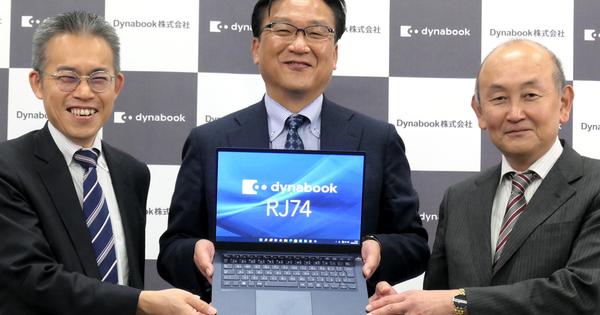
In the 12th generation Core processor, the P core and E core work together, so in that sense, the settings are different from before. The increased number of cores and threads of 12 cores and 16 threads should also be considered.
However, instead of focusing on temperature control at peak times and raising the benchmark score, we value tuning that takes into account the user's usage situation.
The shape of the fan itself has also changed from the previous model. If you turn the small fan at high speed, it will make a loud whining noise, so we increased the number of blades by making the shape and angle of the blades so that a lot of air can be drawn out. We are aiming for a fan that can flow a large amount of air even at slow rotation.
The reason for not adopting IGZO liquid crystal is "timing"
──Why did you not adopt IGZO liquid crystal in dynabook RJ74?
The power saving performance of IGZO is very attractive, and if you adopt it, the battery life can obviously be extended, but for the dynabook RJ74, it is only for timing reasons.
It means that the timing to adopt and the timing to introduce the product were different. There is a possibility that it will be adopted in the lineup that will appear in the future.
──Why did you choose “blue” for the body color?
The meaning of Renew is included. Up to now, we have used "a blue that is as close to black as possible", but in order to show that it is a new dynabook that stands out from that, we have not used "dark tech blue" even in the blue series. We are appealing by adopting
"Robustness" was carefully simulated
──You said that the battery was also improved, but how has it changed?
The continuous driving time has been extended to 18 hours or more, making it possible to use the battery for a full day.
In addition to that, in order to suppress deterioration due to charging and discharging and extend the battery life itself, there are settings such as stopping charging at 80% capacity and charging while measuring the temperature of the battery cell without losing the balance for each cell. We have implemented a feature that allows
On the other hand, it also supports quick charging, and is equipped with a "quick charge 30 minutes" mode that can charge about 40% in 30 minutes.
Many of today's laptops use built-in batteries instead of detachable battery packs. So, if the battery deteriorates, the main unit will be returned to the factory and replaced, which will increase the downtime. In order to avoid such a situation, I think it is important to prevent battery deterioration.
──This is the first “R” lineup in three years since the dynabook R63/M.
It is an honor to be awarded the R title on dynabook. It's been about 10 years since the R632 released as an "Ultrabook" in 2011. The R stands for "Resolution," "Renew," and "Revolution."
"Resolution" aims to provide total computing by using hardware, software and network with dynabook as the core.
In addition, the processing power has been enhanced with the 12th generation Core processor, and the display size has also adopted a 14-inch display. I believe we have achieved it.
──Overseas PC vendors have long had notebook PCs with a 14-inch display in a body size with a 13.3-inch display, and Dynabook also has similar models such as the dynabook M. Is there any aim in appealing this point with the dynabook RJ74 this time?
Many of the models introduced by overseas PC vendors thought that weight was a weak point. Over 1 kilo is obvious.
Dynabook will challenge the lightness that other companies cannot. Considering the demand of Japanese users, we aim for less than 1kg without compromise. This was the first development concept for the dynabook RJ74.
In order to reduce weight, the body size must be made thin. However, RJ74 is equipped with RJ-45 (wired LAN port) used for wired LAN.
Actually, during development, we temporarily removed the wired LAN from the main unit in order to make the body thinner. Wired LAN ports are tall. However, there was a strong demand from the product planning team that a wired LAN was essential in Japanese offices, so we decided to bring it back.
There is a trade-off between lightness and robustness. The most effective way to reduce weight is to reduce the footprint.
This time, mounting a 14-inch display on a footprint equivalent to 13.3-inch itself has led to weight reduction, and the thickness of the housing has been reduced to the current 13.3-inch notebook PC "G83/HS" (announced in March 2021). The thickness has been reduced from 17.9mm to 15.9mm. In addition, the weight reduction of the board (4% reduction compared to G83) and the number of screws on the bottom contribute to weight reduction.
However, the CPU must also be equipped with a model with a base power of 28 watts, and the volume of the cooling mechanism has also increased. Then it becomes necessary to truncate other parts. Then, we have to cut down the "margin" inside the body, which is necessary to protect the internal components from impact.
On top of that, it is difficult to make it robust enough to pass the product test conforming to MIL-STD-810H. In particular, it was difficult to give strength to "impact resistance". Since there is no space to absorb shock, the RJ74 protects the interior by dispersing the shock.
During development, we used physics calculation simulations to examine how the impact received by the body would be distributed. We found places where stress (force generated inside by external force) concentrates, and studied what kind of structure should be used to disperse the force from there.
Even if there is a rib (reinforcing material) installed, if it fails to receive the force, it will be destroyed and there is a risk of damaging other members. The location of the ribs was also examined through repeated simulations. The know-how in robustness that has been accumulated since the days of Toshiba is also utilized.
The dynabook RJ74 uses a 12th generation Core processor, a 14-inch display, and a thin, light, and robust body, and has evolved to be worthy of the R title. Processing power is currently being tuned for shipment in the spring of 2022, and details such as weight and battery life will soon be known. What kind of "R" will appear? I want to wait with anticipation.

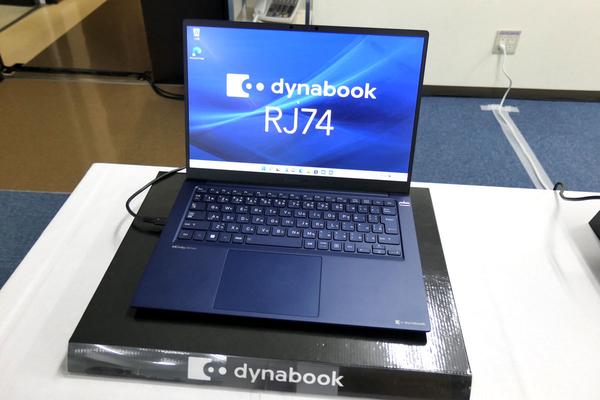
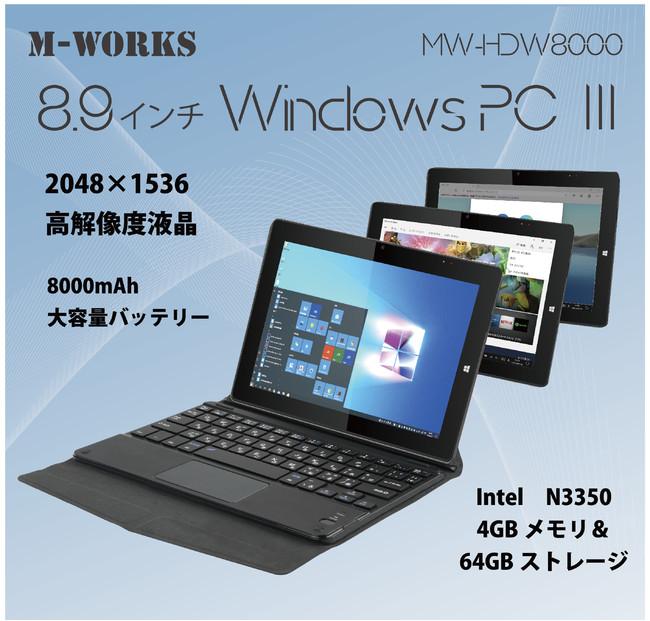
![10th generation Core i5 equipped 9.5h drive mobile notebook is on sale at 50,000 yen level [Cool by Evo Book] 10th generation Core i5 equipped 9.5h drive mobile notebook is on sale at 50,000 yen level [Cool by Evo Book]](https://website-google-hk.oss-cn-hongkong.aliyuncs.com/drawing/article_results_9/2022/3/9/4a18d0792cae58836b71b9f591325261_0.jpeg)

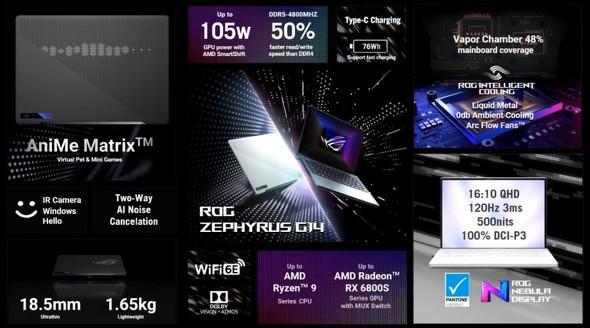

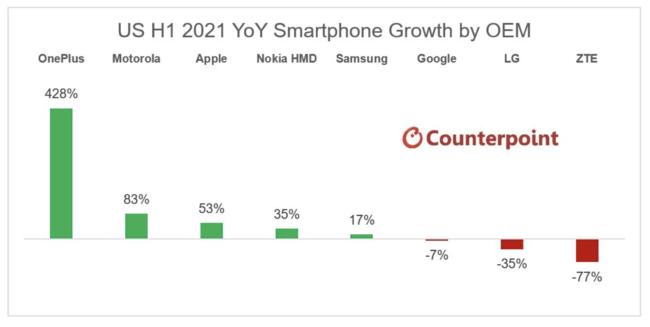
![[Amazon time sale in progress! ] 64GB microSD card of 1,266 yen and wireless earphone with noise canceling function of 52% off, etc. [Amazon time sale in progress! ] 64GB microSD card of 1,266 yen and wireless earphone with noise canceling function of 52% off, etc.](https://website-google-hk.oss-cn-hongkong.aliyuncs.com/drawing/article_results_9/2022/3/9/c88341f90bab7fe3ce1dc78d8bd6b02d_0.jpeg)
